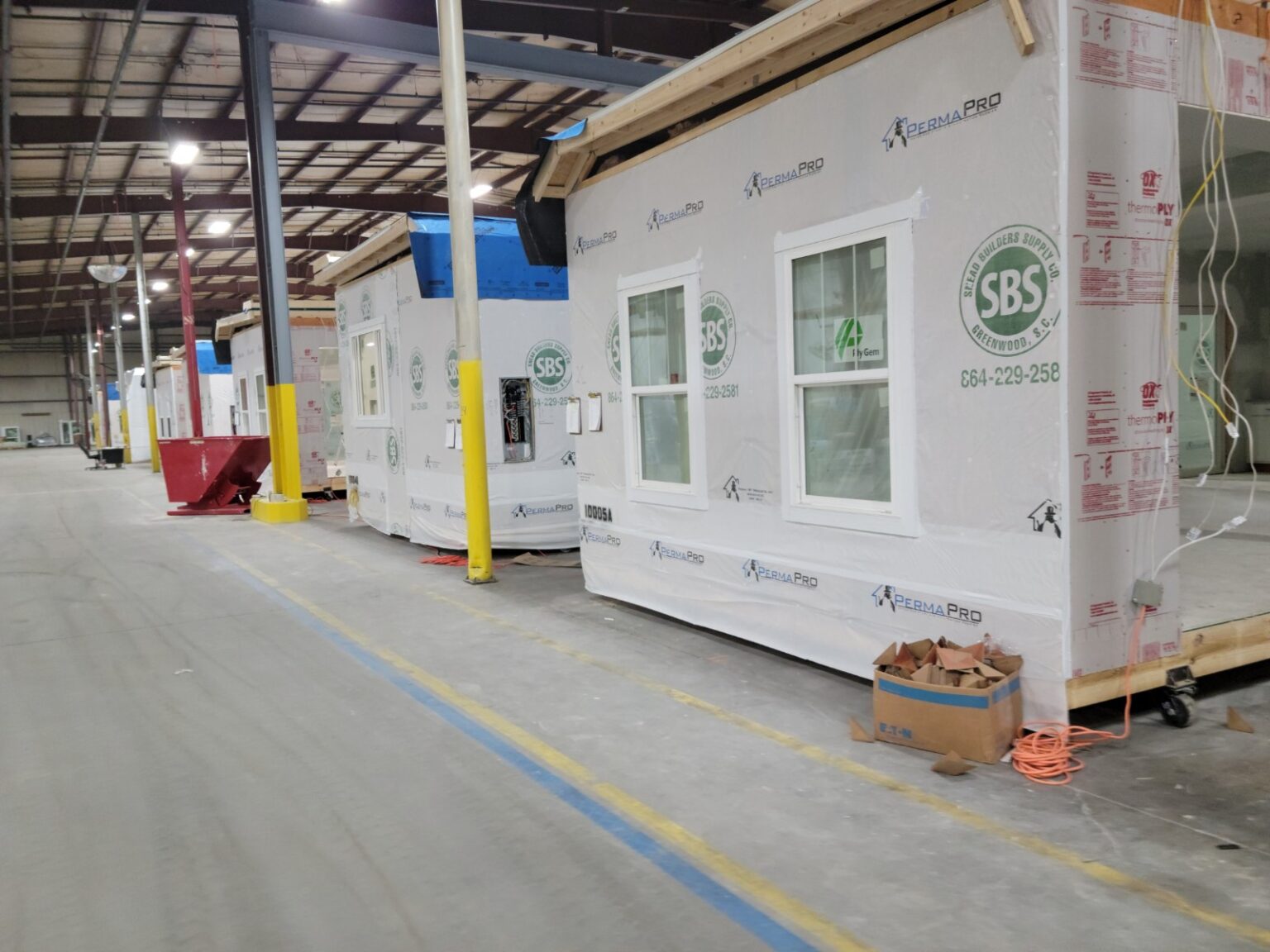The offsite, modular, and manufactured housing industries really have quite the opportunity to be the biggest players meeting the demand for new housing over the next decade.

Of course, there are some hurdles that need to be overcome. Rising building material costs, overall inflation, demand for homeless and affordable housing, labor shortages, and one of the worst detriments to housing for everyone…” Not in my backyard” (NIMBY) opposition.
The release of the Housing Supply Action Plan by the Biden White House in May of this year actually sounded like it could address some of these major issues, especially NIMBY.
The Plan will help renters who are struggling with high rental costs, with a particular focus on building and preserving rental housing for low- and moderate-income families.
Two parts of it are especially music to the ears of the offsite industry.
Deploy new financing mechanisms to build and preserve more housing where financing gaps currently exist: manufactured housing (including with chattel loans that the majority of manufactured housing purchasers rely on), accessory dwelling units (ADUs), 2-4 unit properties, and smaller multifamily buildings.
Ensure that more government-owned supply of homes and other housing goes to owners who will live in them – or non-profits who will rehab them – not large institutional investors.
But plans are just that…plans. Planning to build a new house is drawn on paper or in the Cloud, both of which mean nothing if no action is taken on them. Sure, the foundation may go in but implementing the first step only is not what a plan is supposed to do. The goal is to bring it to fruition.
The Government’s plan comes with 19 immediate steps. Their top priority is to reform local zoning. On the upside, the Plan focuses on new funding for new construction instead of new funding for buying existing houses which just increases house prices and makes housing less affordable.
On the downside, the Biden Administration took the industry view that supply is the problem. The conventional wisdom in recent years has become that skyrocketing house prices are only caused by the low supply of houses for sale, and the low supply of houses for sale is only caused by residential zoning, NIMBYs, and local government inefficiency.
There’s some truth to all of that but a far, far bigger reason house prices have skyrocketed is the supply of houses increases extremely slowly, by nature, and supply can’t keep up with any fast changes in the demand for houses.
Our industry is based on capacity. It would take many more new factories to be built to meet today’s demand but what happens when that demand is met and the immediate need is not in a crisis? You guessed it. Most of those factories would have to close down, either temporarily or permanently.
The reason house prices skyrocket is this mismatch between how fast supply can change and how fast demand can change. The demand for houses can rise–and fall–a lot faster than supply.
It doesn’t take large increases in the demand for houses to outrun the naturally extremely slow increases in the total supply of houses, and when that happens, prices can skyrocket.
The jury is still out on the effectiveness of the Biden Plan and it may take a decade to see even some of its proposals either succeed or fail.
The housing industry in the US is a giant ball of interwoven crap and unraveling even one part of it, like removing restrictive zoning, will only tighten up other segments of that ball that have taken 200 years to create.



